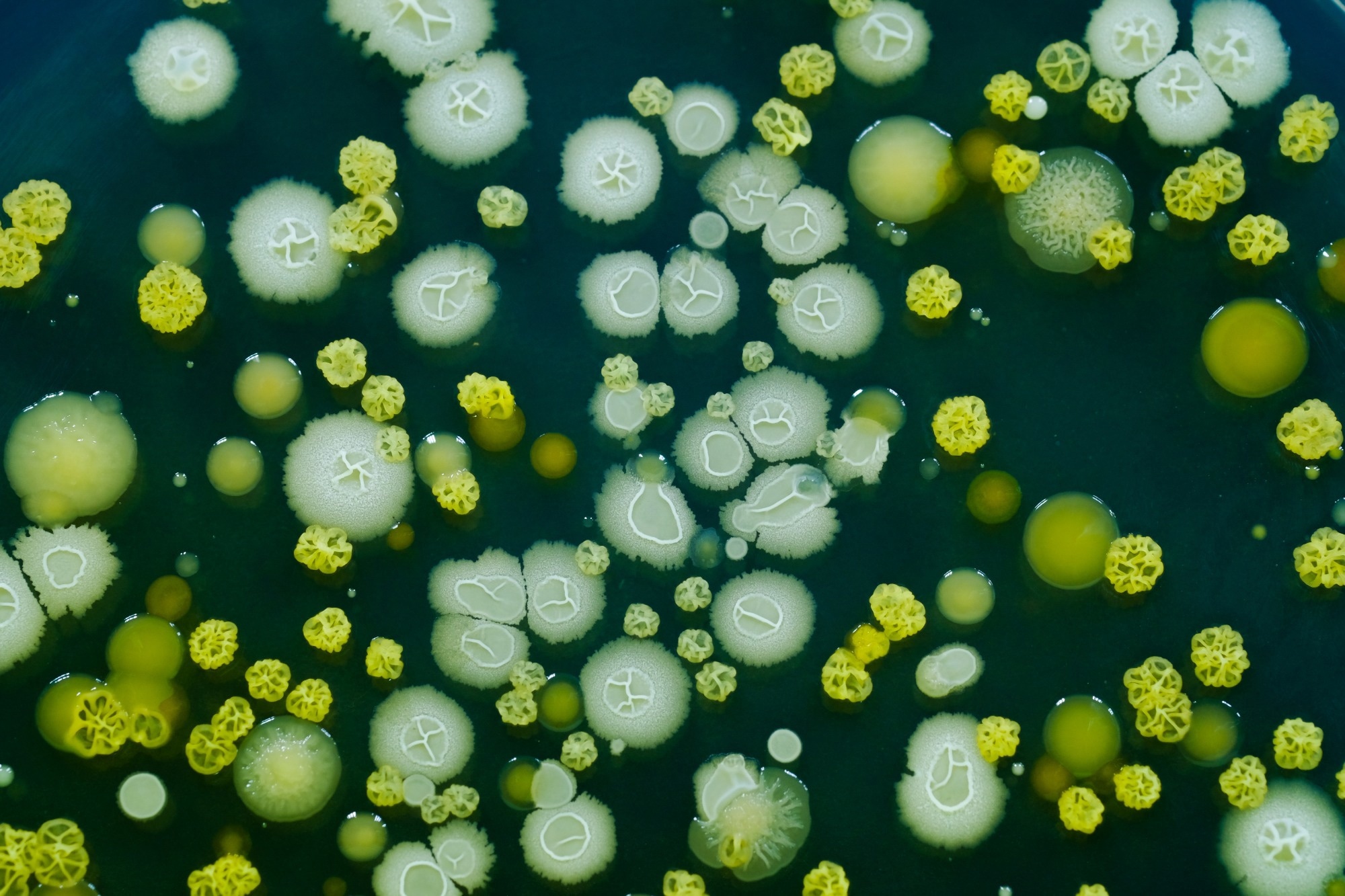In a recent article published in PNAS, researchers examined the evolutionary trajectory of a lab-grown community of bacterium, Escherichia coli, having two interacting strains.
 Study: Community interactions drive the evolution of antibiotic tolerance in bacteria. Image Credit: Khamkhlai Thanet/Shutterstock
Study: Community interactions drive the evolution of antibiotic tolerance in bacteria. Image Credit: Khamkhlai Thanet/Shutterstock
Background
Excessive use of antibiotics over the years has led pathogenic bacteria to evolve the ability to grow in higher concentrations of antibiotics. Although less studied, bacteria have also developed tolerance, i.e., the ability to persist exposure to antibiotics for a prolonged time. Researchers have shown that under both clinical and laboratory conditions, bacteria can develop resistance and tolerance. However, laboratory studies have primarily studied single bacterial strains.
However, to understand how community interactions shape the bacterial response to antibiotics, researchers needed lab-engineered bacterial strains with changeable composition. Additionally, they evolved to give rise to strains they could characterize.
About the study
In the present study, researchers examined the evolution of lab-grown E. coli strains exposed to ampicillin using a simplified mathematical model. While one community was susceptible to ampicillin, the other was resistant to the antibiotic. The resistant bacteria added degraded ampicillin in the culture medium to protect susceptible strains.
The team performed experimental evolution under high ampicillin concentrations, far exceeding the minimum inhibitory concentration (MIC) of the susceptible E. coli strain. However, the MIC was far below that of the resistant strain. In this way, they characterized the evolutionary response of the susceptible E. coli strain upon ampicillin exposure within lab-grown communities.
The researchers serially propagated these communities for ten growth–dilution cycles (approx. 100 generations) for periodic measurement of the abundance of the two strains. Next, they isolated representatives of the evolved susceptible strains. Furthermore, the researchers measured the growth rates of the evolved isolates during evolution.
The resistant E. coli strain, owing to its auxotrophy towards lysine, could not grow well without its supplementation to the growth medium. The team controlled the populations of the resistant and susceptible strains by adding different amounts of lysine in the medium, distinguishable by selective plating and color differences.
Study findings
Exposing susceptible strains in monoculture to ampicillin concentrations 50-fold higher than their minimum inhibitory concentration (MIC). These bacteria rapidly depleted and became extinct within three dilution cycles every day. On the contrary, the susceptible bacterial strains survived similar ampicillin exposure yet stably coexisted alongside resistant cells under similar daily growth-dilution cycles.
The susceptible E.coli strains evolved tolerance in the presence of antibiotics, characterized by an increased survival rate but decreased growth rate, highlighting a trade-off between the two processes.
The mathematical model rationalized why tolerance was beneficial in this community context and predicted that tolerance would become detrimental if we increased the protection provided by the resistant strain. However, the study model did not find any emergent tolerance under manipulated experimental conditions.
The study model explained that the observed decrease in the death rate, though coupled with a decreased growth rate, was beneficial in a community with weak protective interactions. The model also predicted that this trade-off would be detrimental in the presence of strong protective interactions. However, tolerance would not emerge, which the researchers also experimentally verified. Interestingly, whole genome sequencing of the evolved tolerant isolates uncovered two genetic hot spots which accumulated mutations in parallel, indicating their correlation with tolerance.
Compared to wild-type isolates, the evolved bacterial isolates evolved lower death rates and only a moderate increase in their MIC, from 1 to 2μg/mL. A two-parameter regression demonstrated that a decrease in growth rates better rationalized the amplified survival of evolved bacterial isolates, computed by their survival frequency after five hours of antibiotic exposure. Here it is noteworthy that the increases in MIC, indicative of resistance, were far from the exposed antibiotic concentrations (100 μg/mL). The increased survival was likely due to tolerance. Susceptible strains slowed their growth to evolve tolerance, i.e., a decreased death rate combined with a diminished growth rate in response to antibiotics.
Theoretically, a decreased death rate favors the survival of susceptible cells when antibiotic exposure goes beyond their MIC. However, in this study, tolerance evolved by bacterial strains had a benefit and a cost, i.e., decreased death and growth rate, respectively. Together, the study models demonstrated that when the resistant cells offered weak protection from the antibiotic manifesting as slow degradation to the susceptible cells in the community, tolerance emerged in evolved isolates.
Under increasing concentrations of lysine, the susceptible and resistant strains coexisted. Above 0.0001% lysine, eight of nine E. coli strains did not evolve, and susceptible strains isolated following 10 evolution cycles showed no decrease in the death rate or an increase in MIC. The model predicted that a high antibiotic degradation rate ensured no death phase for susceptible cells, which, in turn, gave no advantage of increased MIC, even though it had no cost. Furthermore, antibiotic concentration also controlled how tolerance evolved and to what extent.
Conclusions
The study highlighted the significance of studying the relationship between ecology and evolution concerning antibiotic therapies and their failure. The researchers showed an interplay between resistance and tolerance, wherein tolerance served as the foundation for resistance. Moreover, an antibiotic-resistant bacterial strain protected the susceptible strain. Notably, this protective interaction restricted the evolution of tolerance. Most importantly, studying the interactions between bacterial strains and their dynamics over longer timescales is likely to be fruitful for future research.